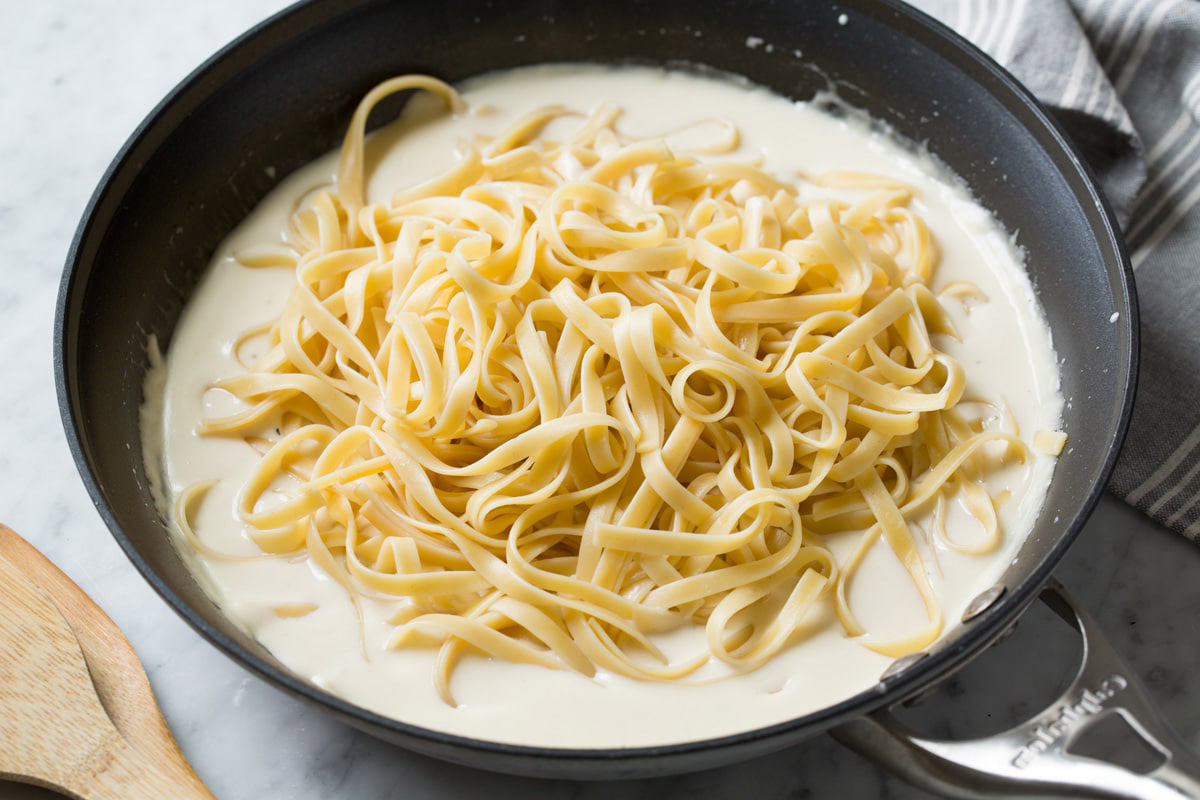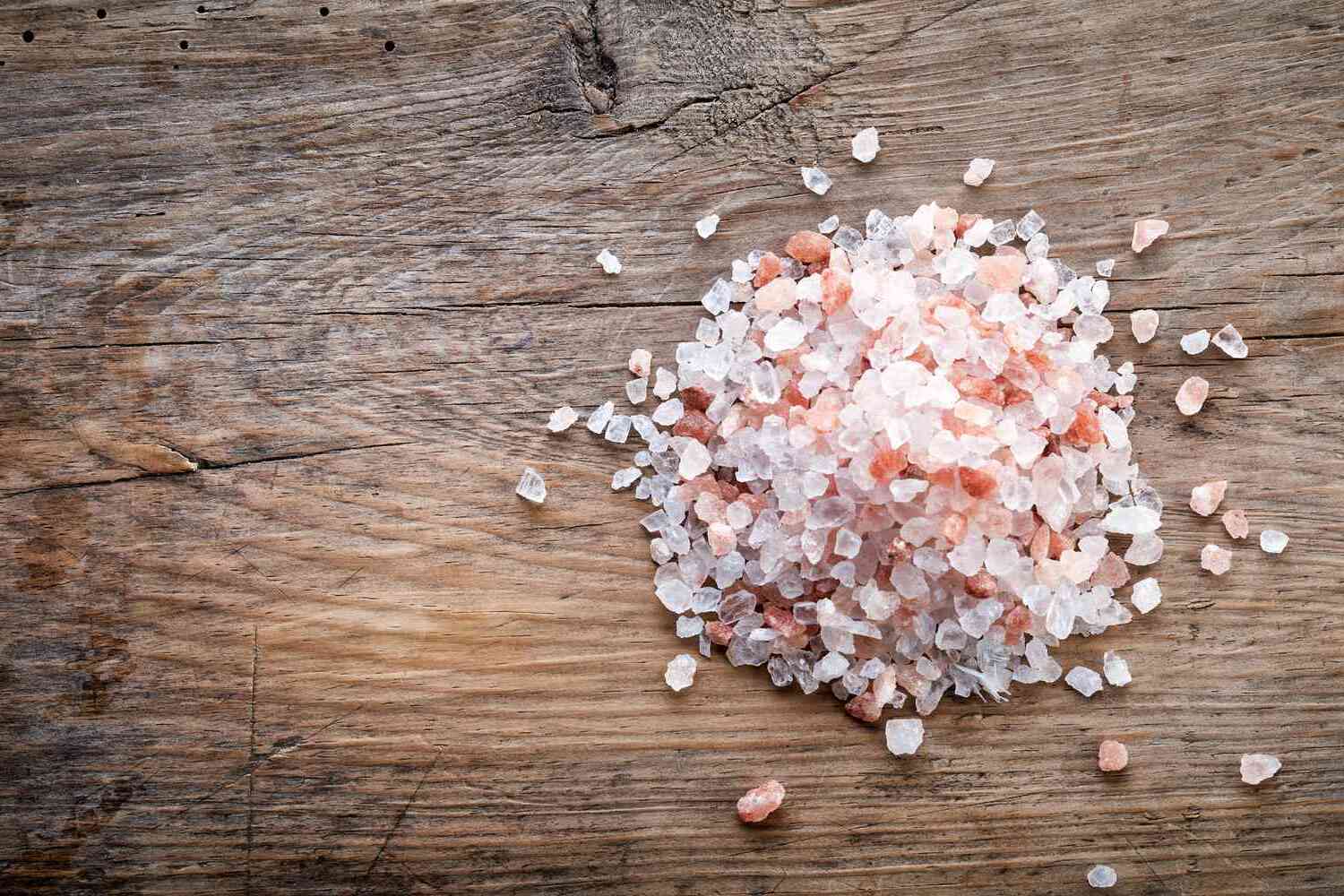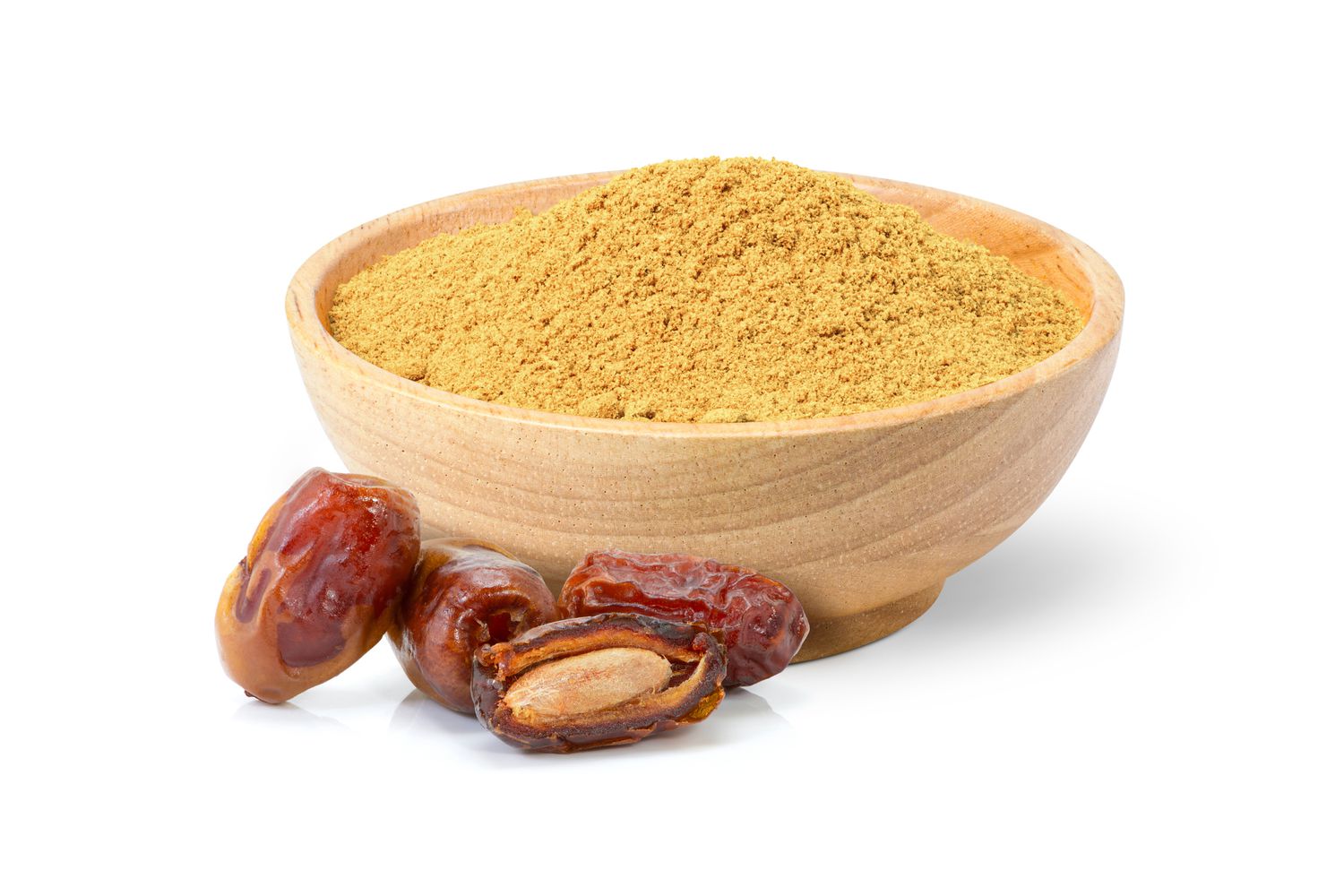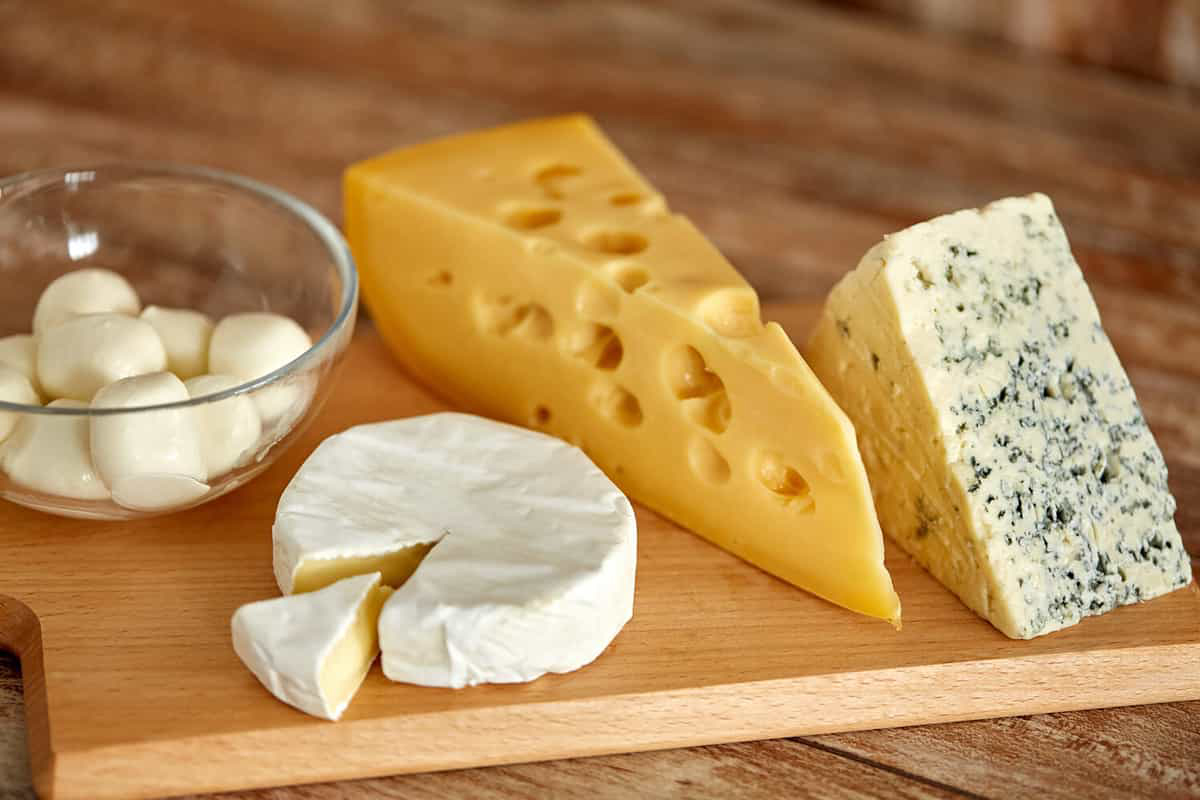When it comes to Italian cuisine, salumi is a term that often comes up in discussions about delicious food. But what exactly is salumi? Let's dive into the world of this delectable Italian specialty and explore its origins, varieties, and how it's enjoyed.
Origins of Salumi
Salumi is a broad term that encompasses a variety of Italian cured meats. The tradition of salumi dates back centuries, with roots in the preservation of meat for long-term storage. In the days before refrigeration, Italian farmers and butchers developed techniques to cure and age meats, resulting in the creation of the diverse array of salumi we know today.
Varieties of Salumi
Salumi encompasses a wide range of cured meats, each with its own unique flavor profile and preparation method. Some of the most popular types of salumi include:
-
Prosciutto: This thinly sliced, dry-cured ham is a staple of Italian cuisine. It is often enjoyed on its own or as a key ingredient in antipasto platters and sandwiches.
-
Salami: A versatile and flavorful sausage, salami comes in numerous regional variations, each with its own blend of spices and seasonings. From spicy soppressata to mild cacciatore, there's a salami to suit every palate.
-
Pancetta: This Italian bacon is cured with salt and spices, then aged to develop its rich, savory flavor. It is often used to add depth to pasta dishes and soups.
-
Coppa: Also known as capicola, this dry-cured pork shoulder is seasoned with a blend of herbs and spices before being aged to perfection. Its delicate marbling and complex flavor make it a standout in any charcuterie spread.
How Salumi Is Enjoyed
Salumi is a versatile ingredient that can be enjoyed in a variety of ways. Whether it's served as part of an antipasto platter, layered on a sandwich, or incorporated into pasta dishes and risottos, salumi adds a depth of flavor that elevates any dish. In addition to its culinary uses, salumi is often enjoyed on its own, allowing the rich, savory flavors of the cured meats to take center stage.
Pairing Salumi with Wine and Cheese
One of the great pleasures of enjoying salumi is pairing it with complementary wines and cheeses. The rich, savory flavors of salumi are beautifully offset by the acidity of certain wines, such as Chianti or Barolo. When it comes to cheese pairings, aged Parmigiano-Reggiano, creamy gorgonzola, and tangy pecorino are all excellent choices to accompany a selection of salumi.
The Art of Salumi-Making
Crafting salumi is a time-honored tradition that requires skill, patience, and a deep understanding of the curing process. From the careful selection of meats to the precise blending of spices and the artful aging process, salumi-making is a true labor of love. Many salumi producers adhere to traditional methods that have been passed down through generations, resulting in products of exceptional quality and flavor.
Bringing the Flavors of Italy Home
For those who want to experience the authentic flavors of Italy, incorporating salumi into home cooking is a wonderful way to do so. Whether it's adding depth to a homemade pizza, creating a show-stopping charcuterie board for a gathering of friends, or simply savoring a few slices of prosciutto with a glass of wine, salumi brings a taste of Italy to any table.
In conclusion, salumi is a cherished part of Italian culinary tradition, offering a diverse array of flavors and textures that have delighted food lovers for centuries. Whether enjoyed on its own, paired with wine and cheese, or incorporated into a wide range of dishes, salumi is a true delight for the senses. So, the next time you're looking to add a touch of Italian flair to your meals, consider reaching for some delicious salumi to elevate your culinary creations.
Was this page helpful?
Read Next: What Is Roast Beef?











